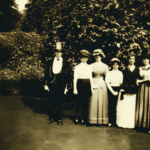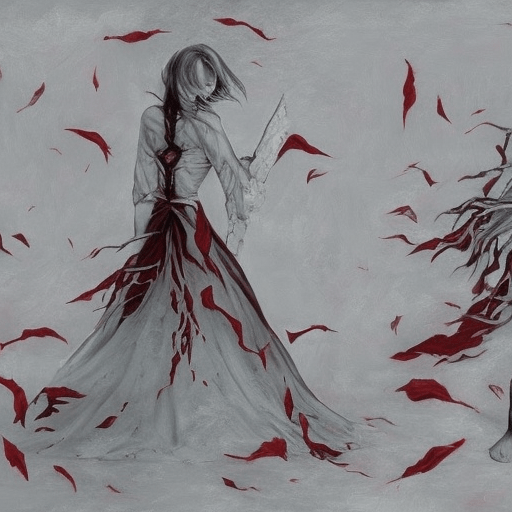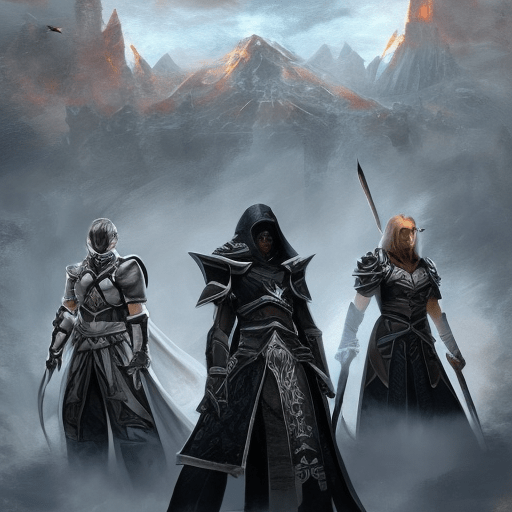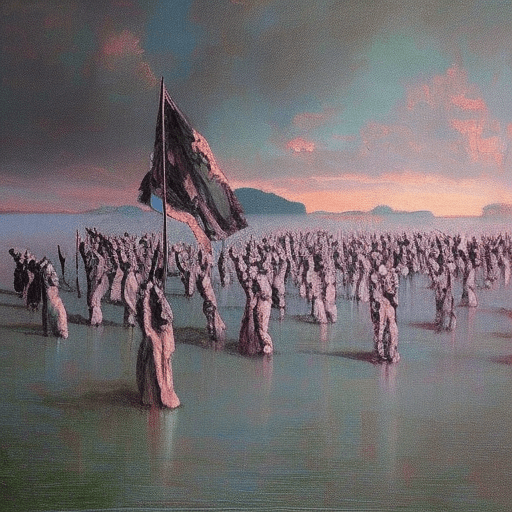Rurouni Kenshin Part II: Kyoto Inferno
One-line Summary:
In “Rurouni Kenshin Part II: Kyoto Inferno,” directed by Keishi Otomo, Kenshin Himura, a former assassin turned wanderer, finds himself caught in a deadly battle against a group of ruthless rebels known as the Juppongatana. As Kenshin tries to protect those he cares about, he must confront his dark past and face his most formidable enemy yet, Shishio Makoto, a deranged warrior who seeks to overthrow the government and plunge Japan into chaos.
Main Cast and Crew:
- Director: Keishi Otomo
- Writer: Kiyomi Fujii, Keishi Otomo
- Key Actors: Takeru Satoh as Kenshin Himura, Emi Takei as Kaoru Kamiya, Tatsuya Fujiwara as Shishio Makoto
- Music Director: Naoki Sato
- Director of Photography: Takuro Ishizaka
- Producers: Satoshi Fukushima, Shinzo Matsuhashi, Hiroaki Kitano
Plot:
In “Rurouni Kenshin Part II: Kyoto Inferno,” Kenshin Himura, a former assassin known as the Battosai, has vowed never to kill again. However, his peaceful life is disrupted when he learns that Shishio Makoto, another former assassin, plans to overthrow the government and plunge Japan into chaos. Kenshin, along with his friends from the Kamiya Dojo, including Kaoru Kamiya and Sanosuke Sagara, sets out to stop Shishio and his group of deadly rebels known as the Juppongatana.
As Kenshin and his allies infiltrate Kyoto, they face numerous challenges and encounters with the Juppongatana members. Kenshin’s skills are put to the test as he battles against powerful opponents, including the cold-hearted Sojiro Seta and the deadly swordswoman Makimachi Misao. Along the way, Kenshin’s resolve is tested, and he must confront his own inner demons and reconcile with his violent past.
The film explores themes of redemption, loyalty, and the consequences of one’s actions. Kenshin’s journey serves as a metaphor for the struggle to find peace and atone for past sins. The movie also delves into the corrupt nature of power and the lengths people will go to achieve their goals.
Reception and Legacy:
Upon its release, “Rurouni Kenshin Part II: Kyoto Inferno” received critical acclaim for its stunning action sequences, compelling storytelling, and faithful adaptation of the beloved manga and anime series. The film was praised for its strong performances, particularly Takeru Satoh’s portrayal of Kenshin Himura.
The movie was a commercial success, grossing over $50 million worldwide. It was nominated for several awards, including Best Film at the Japan Academy Prize and Best Action Choreography at the Asian Film Awards. The success of the “Rurouni Kenshin” film series revitalized interest in the franchise and led to the production of additional sequels.
Recommendation:
“Rurouni Kenshin Part II: Kyoto Inferno” is a must-watch for fans of the original manga and anime series, as well as those who appreciate well-executed action films with compelling characters. The movie strikes a perfect balance between intense action sequences and emotional depth, making it an engaging and satisfying watch. Keishi Otomo’s direction brings the world of “Rurouni Kenshin” to life, capturing the essence of the source material while adding his own creative flair.
Memorable Quote:
“Even if I’m beaten, I won’t lose.” – Kenshin Himura












